Products are selected by our editors, we may earn commission from links on this page.
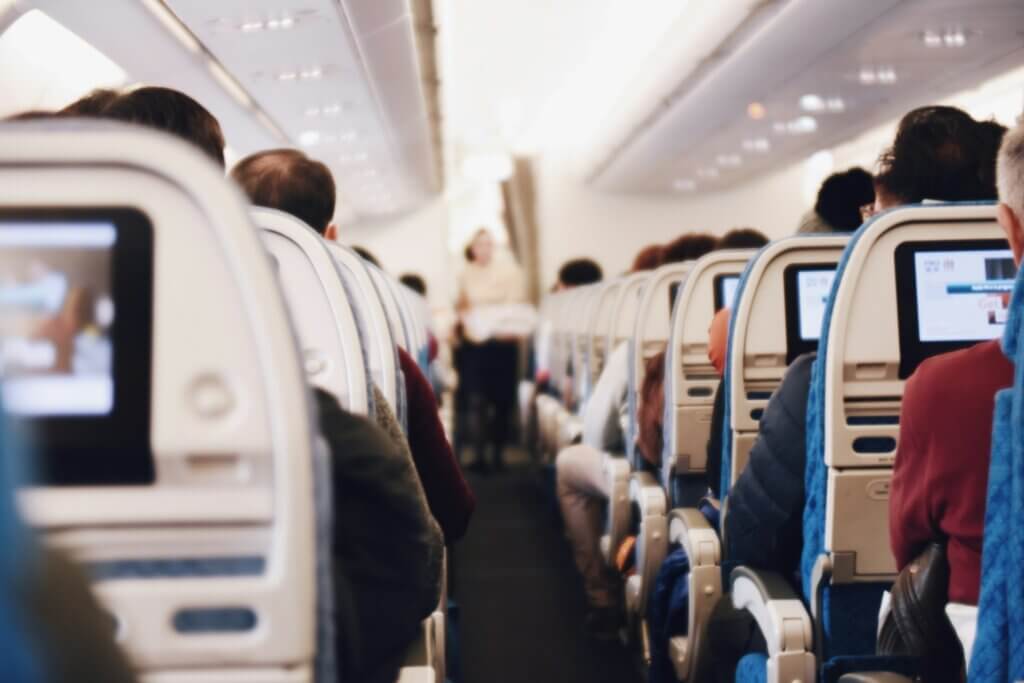
As the U.S. government shutdown stretches past its first week, travelers are beginning to feel the turbulence — not just in delays, but in concerns about air safety. With thousands of unpaid air traffic controllers and TSA agents keeping planes moving, experts warn that stress and staffing shortages could test the limits of the system built to keep passengers safe.
The Shutdown’s Ripple Effect Takes Flight

The government shutdown, now entering its second week, has left key transportation agencies like the FAA and TSA operating with reduced resources. While essential workers must continue their duties, they’re doing so without pay, fueling anxiety and fatigue across the aviation workforce.
Who Keeps the Skies Safe
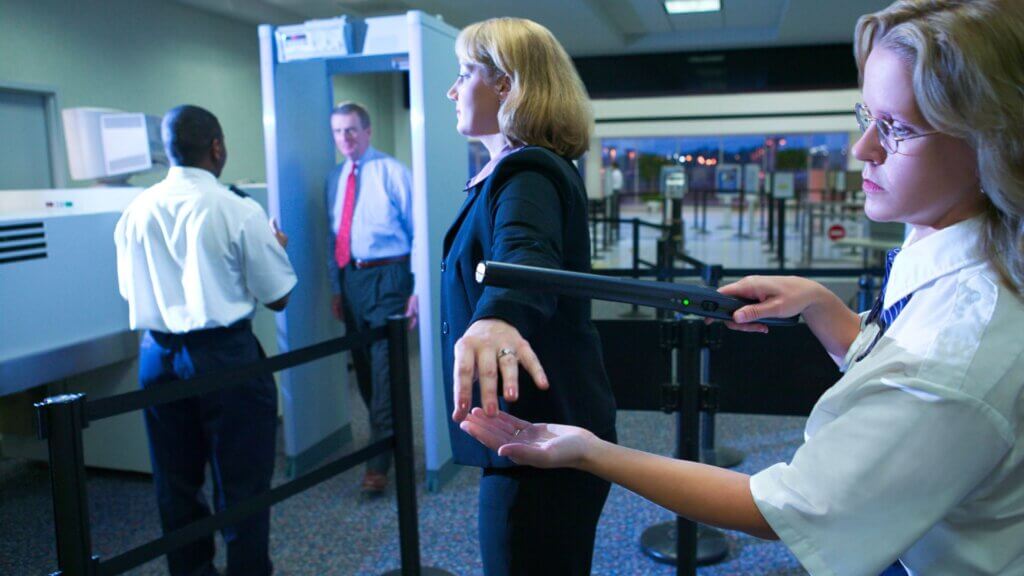
Roughly 13,000 air traffic controllers and 61,000 TSA officers are classified as “essential”, meaning they must work unpaid until funding resumes. Transportation Secretary Sean Duffy called them “critical infrastructure,” emphasizing that their focus should remain on “keeping Americans and airplanes safe.” But, as he noted, many are also worrying about missed rent and mortgage payments.
Early Warning Signs in the Air
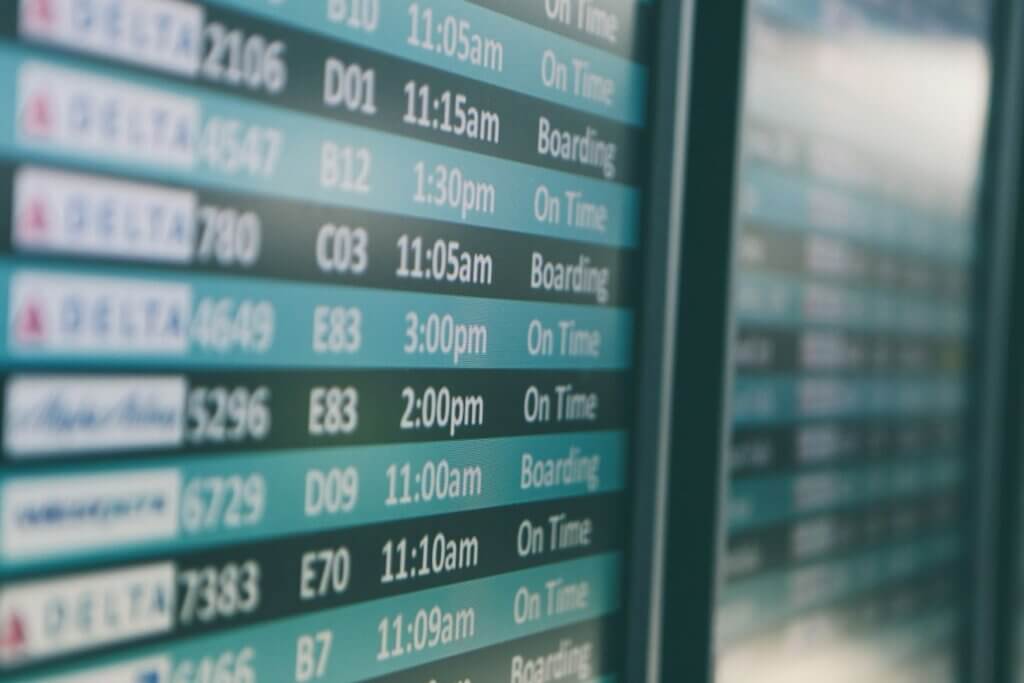
By October 8, staffing shortages caused flight delays in major hubs, including Nashville, Dallas, Boston, Chicago, and Philadelphia. At Hollywood Burbank Airport, the control tower shut down for several hours due to a lack of staff, leading to two-hour delays. Analysts caution that these isolated incidents could multiply if the shutdown persists into the busy holiday travel period.
Stress at 30,000 Feet

Air traffic controllers are feeling the strain as more call in sick during the shutdown, prompting what experts describe as an “erosion of service”. Transportation Secretary Sean Duffy has threatened to fire absentees, calling them “problem children,” though the National Air Traffic Controllers Association insists the absences aren’t coordinated but stem from unpaid workers’ financial and emotional stress
The Human Toll Behind the Terminals

The strain is personal as much as operational. TSA officers, some of whom live paycheck to paycheck, are relying on food banks, vouchers, and community programs to get by. At Florida’s Tampa International Airport, officials launched “Operation Bald Eagle 2”, an initiative offering unpaid federal employees free groceries, bus rides, and utility support to help them stay on the job. “Whatever we can do to make life a little easier for these federal employees,” said airport COO John Tiliacos, “that’s what we’re prepared to do.”
Safety vs. Efficiency: A Fine Balance
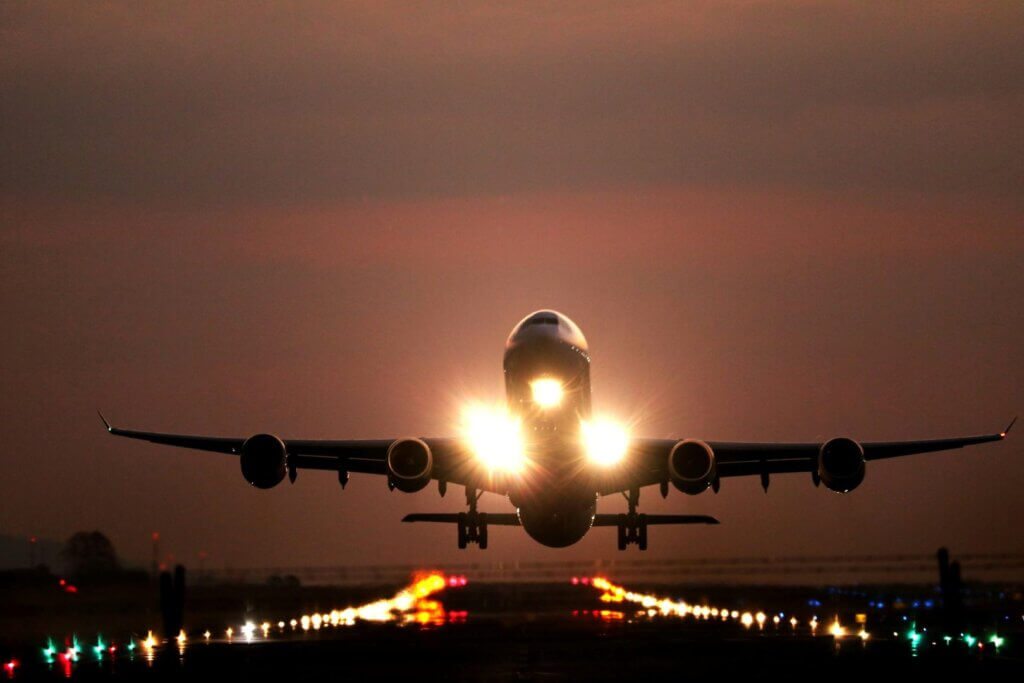
Despite disruptions, officials stress that air travel remains safe. FAA safety protocols require reducing the number of takeoffs and landings when staffing dips, ensuring control standards aren’t compromised. However, this safety buffer means more delays and cancellations are inevitable if the shutdown continues, especially with an existing shortfall of about 3,000 trained controllers nationwide.
Political Turbulence and Blame Games
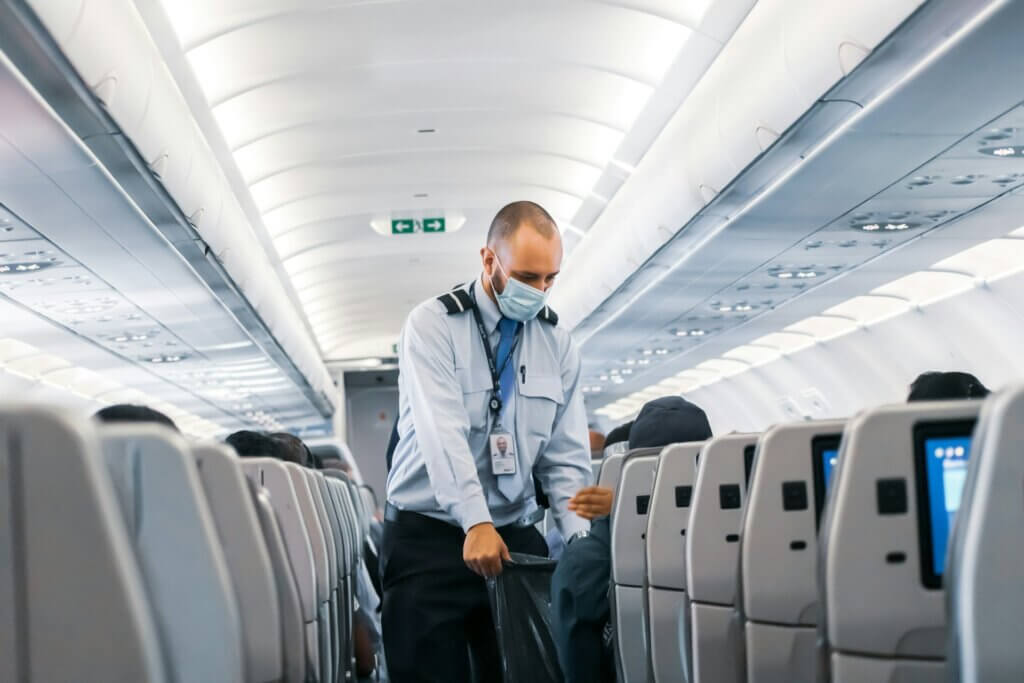
Politics has spilled into airports. A video message from Homeland Security Secretary Kristi Noem, now playing in TSA lines nationwide, blames Congress for the shutdown’s impact on workers (CNN). Meanwhile, lawmakers remain deadlocked, leaving agencies like the FAA to manage public safety amid uncertainty and waning morale.
Experts Warn of Systemic Risks
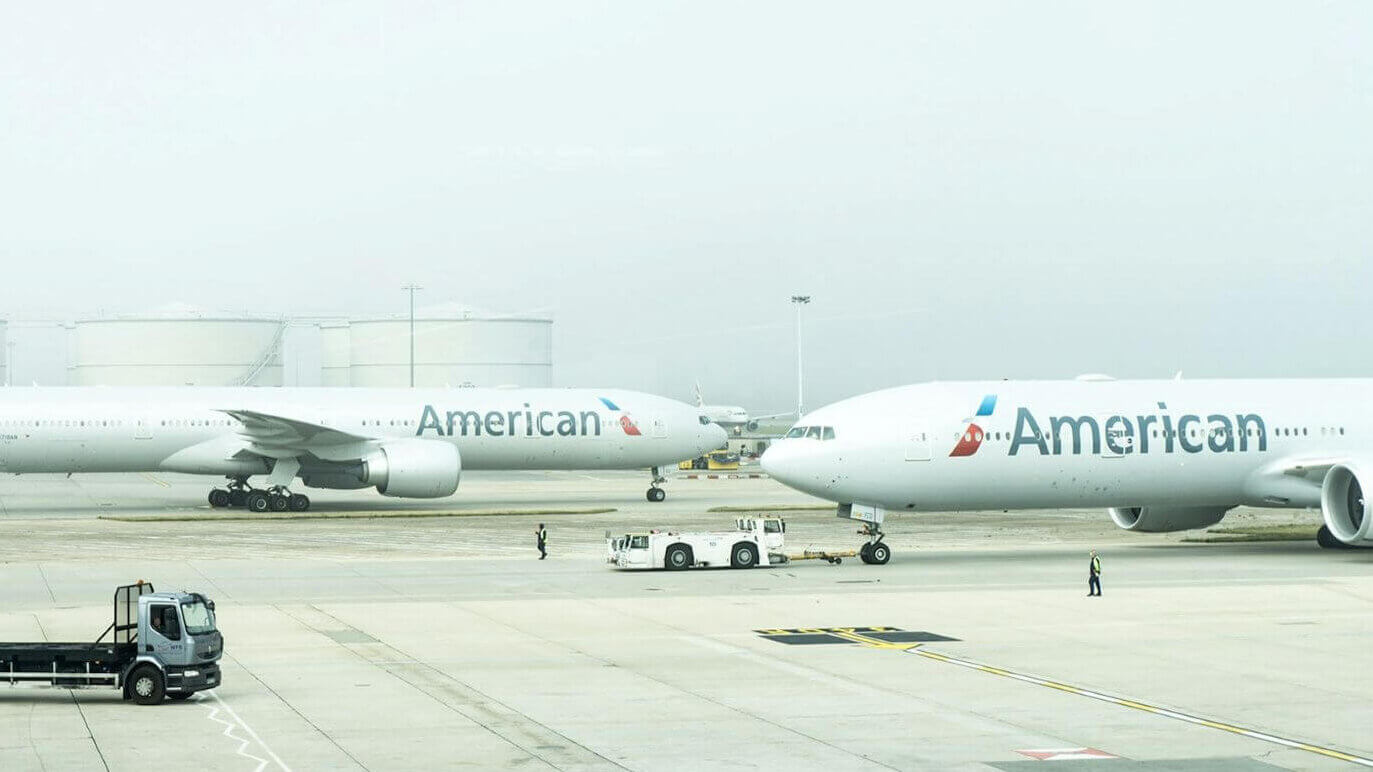
Aviation analysts and researchers say the longer the shutdown continues, the higher the cumulative risk to air travel safety. According to travel industry analyst Henry Harteveldt, delays are just the beginning — extended stress, outdated systems, and maintenance backlogs could strain safety margins (Federal News Network). The University of Illinois News Bureau adds that the FAA was already operating at reduced staffing levels before the crisis began.
Flying Through the Uncertainty
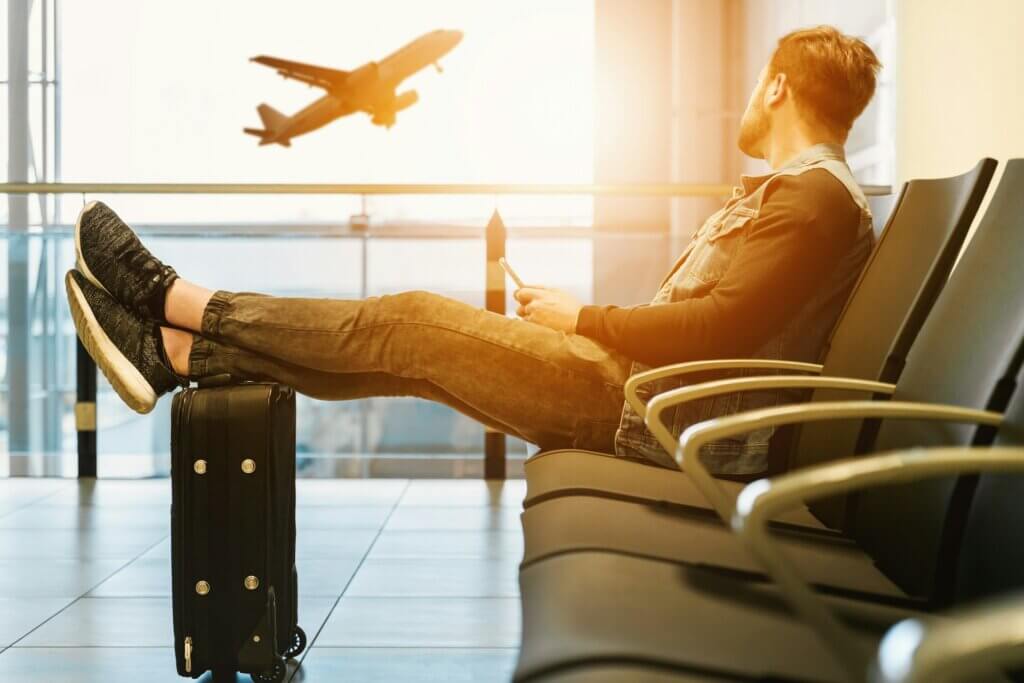
For now, travelers can still fly with confidence, but the margin for error is tightening. The nation’s aviation safety net depends on people who continue to show up under enormous stress and without pay. If the shutdown drags on, the true cost may not just be in flight delays or missed vacations, but in the resilience of the workforce that keeps every flight safely aloft.

